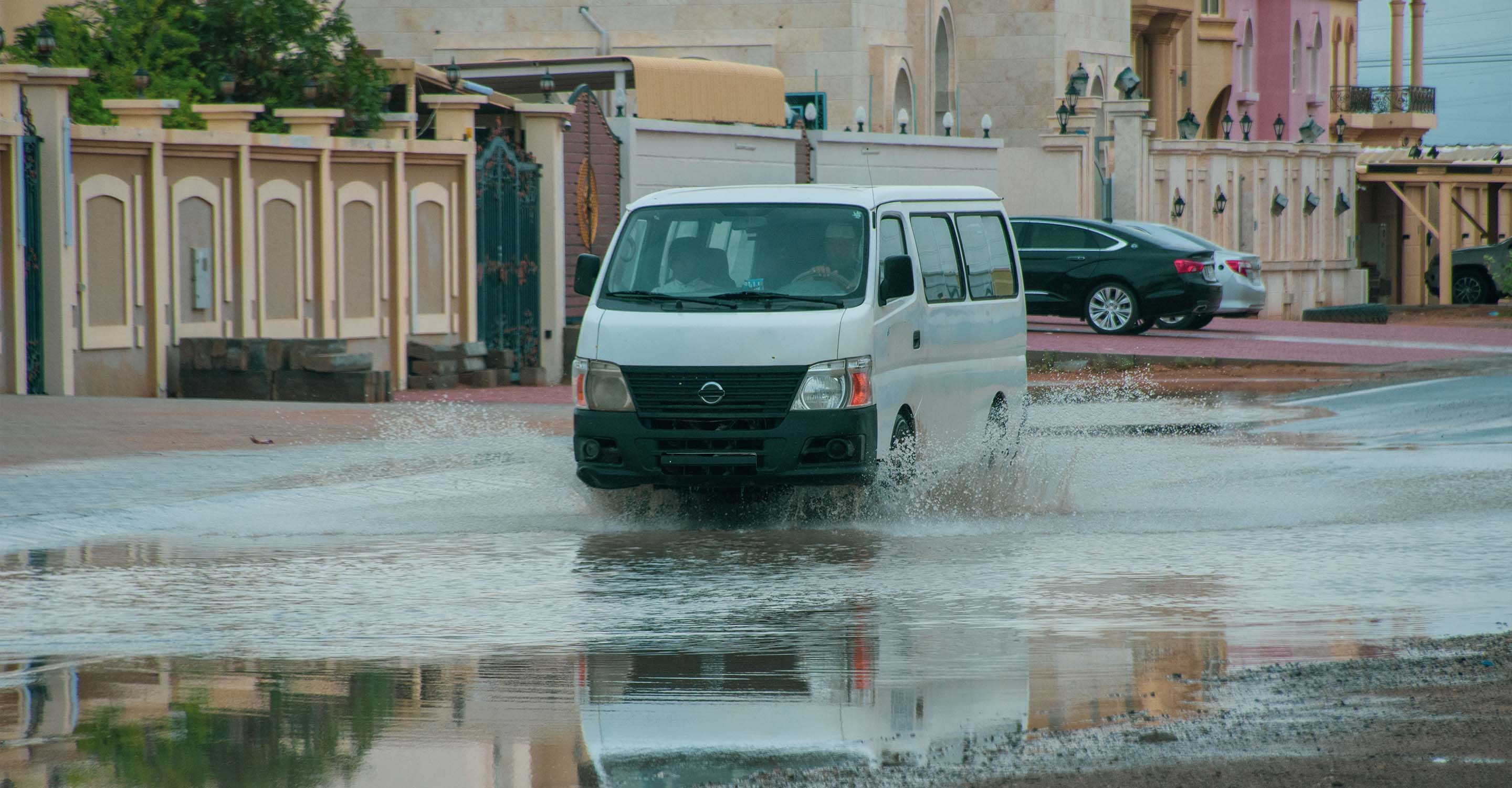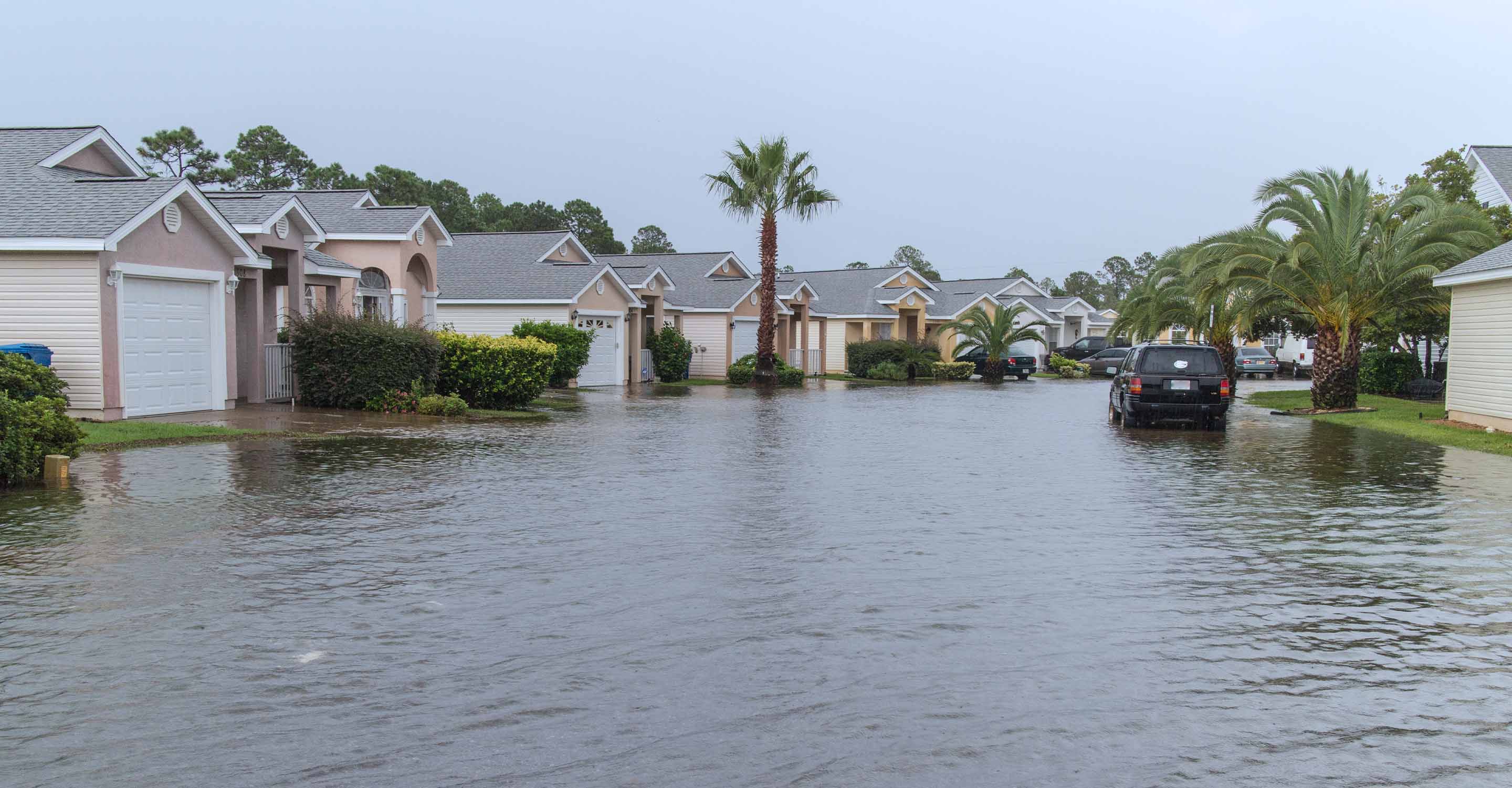Köln air quality map
Live air pollution map of Köln
43.9K people follow this city
Full screen
Contributors category
0
Government
0
Educational
0
Non-profit organization
0
Corporate
0
Individual
0
Anonymous
Station(s) operated by

*IQAir’s AQI data modeled using satellite data. Learn more
Health Recommendations
| Enjoy outdoor activities | |
| Open your windows to bring clean, fresh air indoors GET A MONITOR |
Köln does not have air sensor data
Be the first to measure and contribute air quality data to your community.
Understand air pollution and protect yourself
Köln MAP AIR QUALITY ANALYSIS AND STATISTICS
What information about air quality can be found on the air pollution map for Köln?
The air pollution map for Köln is very easy to access from the main city page. By selecting the map icon, the new page will open which is full of all the useful information about air quality in Köln and the surrounding area.
When first seeing the map page, the viewer will notice the overall colour of the map. This colour depicts the current state of the air quality. In November 2022 it was green which indicates “Good” air quality. The colours can vary from pale green to dark maroon and are standard across the entire IQAir website. The darker colours mean poorer air quality.
The viewer will also notice several coloured discs or circles on the map. These represent the location of the ground-level air monitoring stations in and around the city. They carry the same colour as previously mentioned and also a number. This number is the United States Air Quality Index reading or US AQI for short. It is calculated by measuring six of the most prolific pollutants found in city air which are usually both sizes of Particulate Matter (PM2.5 and PM10), ozone, nitrogen dioxide, sulphur dioxide and carbon monoxide. Once established it is used as a standard when comparing air quality in different cities. It is fully endorsed by the World Health Organisation (WHO). Each disc can be individually selected to reveal specific information about that area of the city.
Looking back at the main city page. It can be seen that during November 2022, Köln was enjoying a period of “Good” quality air with a US AQI reading of 37. Four of the main pollutants were measured with PM2.5 being the most important. It had a recorded level of 9 µg/m³ which is slightly less than twice the target figure of 5 µg/m³ as recommended by the WHO.
Immediately below the air pollution map for Köln can be seen the number of stations that provide the air quality data for the city. There are currently four stations all of which are supplied and operated by the local government department.
Is there any more interesting information about air quality on the air pollution map for Köln?
There is more information about air quality on the air pollution map for Köln but the screen needs to be viewed in full-screen mode in order to see all the available information. This is easy to do by selecting the icon at the top of the page. In this way, all information becomes immediately visible.
Superimposed over the map will be seen four choices down the left-hand side of the page all of which can be deactivated individually to see the effects they have on the map.
The first option shows the position of the ground-level air monitoring stations, each of which can be selected and more information will be given about that specific area of the city.
The next option shows the location of any wildfires that might be burning in the vicinity. In November 2022, there were no reports of any fires burning out of control. If there were any fires, then option four would be very useful because it shows the speed and direction of the prevailing wind and could indicate where the ensuing smoke may blow.
The third option gives an overall indication of the air quality by reflecting this in the background colour of the map. If some viewers find this too distracting, then it can be deactivated and the map will revert to a more natural set of colours.
More information can be seen on the right-hand side of the screen in the form of a table. This lists world cities according to their levels of pollution. By default, only seven cities are shown, but the page can be further explored by looking at the full ranking.
Can areas of higher pollution be identified from the air pollution map for Köln?
These areas of higher pollution can be seen on the air pollution map for Köln by looking for the disc with the highest number and/or the darkest colour. However, by scrolling further down the page to below the air pollution map, a list will be found which ranks all the stations according to their levels of pollution and shows their respective US AQI readings. The station currently topping the list is the one at Köln Clevischer Ring 3 which shows a US AQI reading of 41, which is classified as being “Good”.
Following on from there, the next list ranks the stations according to the number of followers they each have. Currently, the most popular station is at Turiner Straße with just less than 9,000 loyal followers.
Can the source of polluted air be seen on the air pollution map for Köln?
The source of the polluted air is not directly shown on the air pollution map for Köln, however, like most large cities the emitters of air pollutants are, in particular, traffic, industry and small combustion plants.
According to the World Health Organisation (WHO), pollution always occurs when "outside air contains substances in concentrations that are harmful to humans and their environment". Soot, smoke, vapours, particulate matter and exhaust fumes are caused by heating systems, ovens, industry and, in conurbations, above all road traffic. Its biggest threats are particulate matter (PM10) and nitrogen oxides, with nitrogen dioxide being the most dangerous gas of all.
PM2.5 is always mentioned on the air pollution map for Köln, but what is it?
Dusts are solid particles in the outside air that do not sink to the ground immediately, but stay in the atmospher for a certain time.Dust particles are divided into different classes according to their size.
As fine dust (PM10) refers to particles with an aerodynamic diameter of less than10 micrometres. Some of these particles have an aerodynamic diameter of less than 2.5 micrometres (PM2.5).This also includes the fraction of ultrafine particles (Less than 0.1 micrometres)
The largest part of the anthropogenic particulate matter emissions comes from combustion processes (vehicle traffic, building heating) and production processes.
The size of the dust particles and their chemical composition determines the physical and chemical properties of the dust. Properties such as grain size, geometric shape, and pollutants adhering to the surface can vary their effect on health. Very fine dust particles can penetrate far into the lungs and unfold there.








